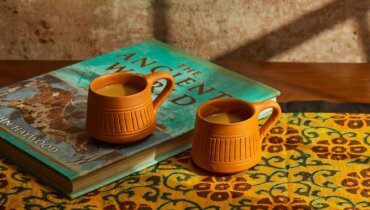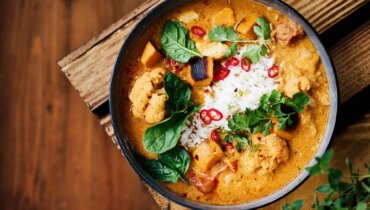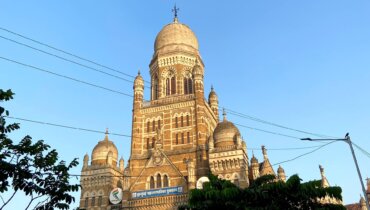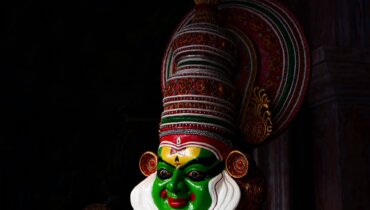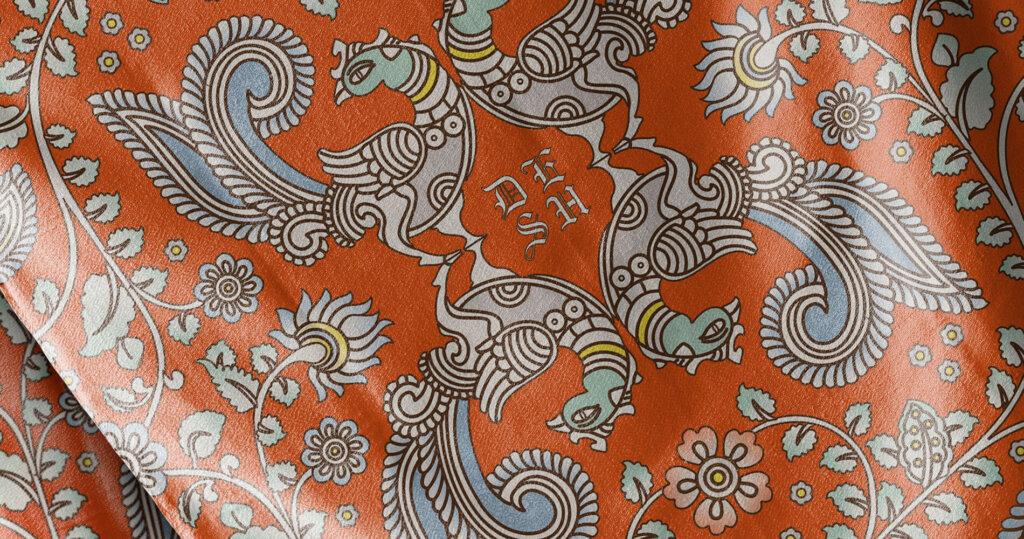
Origins
There is always a story to tell and there’s no better way to tell it than with pictures. From temples to homes, kalamkari artwork has survived the test of time. It has been passed down from generation to generation staking its claim on the world art scene.
It started as a decoration in temples before getting recognition as an art form in and of itself. It was promoted in the Mughal era in what is now the state of Andhra Pradesh in the southeast of India.
Story Time
Many of the early pieces of kalamkari artwork were used to help tell the stories of Hindu mythology. Large swathes of fabric were painted with deities and heroes from the epics like the Mahabharata and Ramayana. When they aren’t taking inspiration from mythology, they often paint other religious motifs like the Tree of Life.
Many of them are completely hand painted using the Srikalahasti style. This means that everything was done free hand, from drawing all the figures to all the finest details. Other artists chose to use the Machilipatnam style to achieve a similar effect. The difference is that this style uses a block print for the main figures and free hand for the more intricate details.
Peacocks
Outside of religious art, nature and wildlife become the focus. Peacocks have inspired artists for a long time, especially in India. They are a popular subject in art and architecture because of their beauty, but also because of the symbolism associated with them. They are an especially popular motif for kalamkari artisans.
Peacocks are representative of many attributes like grace, royalty, spirituality, protection, and immortality. Royals would wear peacock feathers for protection against evil. It was even thought that when a peacock met its end, the flesh wouldn’t decay, making it immortal. Peacocks are also associated with many of the Hindu deities.
The Kalamkari of Today
Unfortunately, like many of the traditional arts, kalamkari is a dying art form. There are few artists that still make everything by hand. More and more pieces are being produced digitally.
It’s also used less as a decorative work in a temple. Instead they are becoming statement pieces in homes as door curtains or wall panels, or worn on clothes. In an attempt to revive interest in the art, a kalamkari kurti was worn on the Lakme Fashion Week runway.
Fun Facts
The blue peacock was named the national bird of India in 1963.
The peacock is one of the largest flying birds in the world with a wingspan of 1.5 meters (4.9 feet).
A peacock can live up to 25 years in the wild.
There are 23 unique steps in creating a kalamkari artwork. These include bleaching, dyeing, painting, printing, cleaning, and drying the fabric.
Kalamkari artwork uses only natural dyes to color the paining. Common colors include indigo, rust, mustard, black, and green.
Andhra Pradesh is the leading producer of the kalamkari style of art.
Kalamkari is a beautiful, traditional style of artwork that connects us with our story. Whether you prefer the religious motifs or the nature ones, we can agree that it’s incredible what these artists have been able to create. Help us keep it alive for generations to come and enjoy by checking out Maatir’s collection of scarves, mugs, and tissue boxes.

